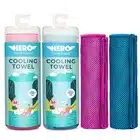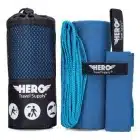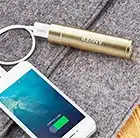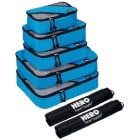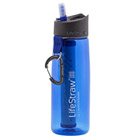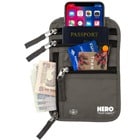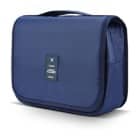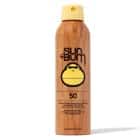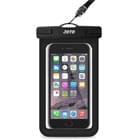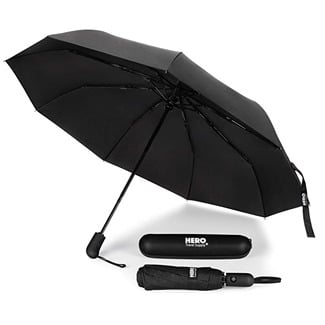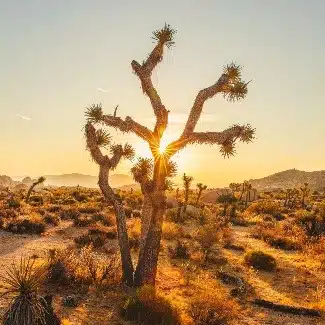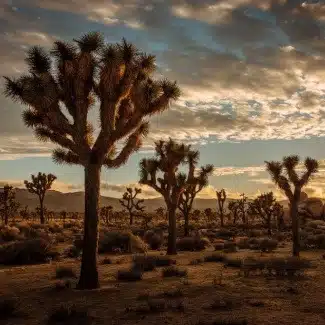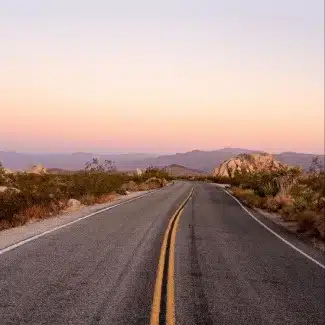Winter – December, January, February
Joshua Tree is a very quiet place during the winter months. After the December rush, things settle down during January and February. It can be a beautiful time to visit the park as the crowds are gone, and the weather is cooler. During these months, the average temperature is about 60 during the day, however, the nights can get very chilly, with an average of high 30’s.
The only time Joshua Tree really sees any kind of weather is during these winter months. It can get a little rainy, mainly in January. Sometimes, it’s so cold during these months that it even snows! You will definitely want warm clothes. Bring lots of layers, base layers, long johns, sweatshirts, and insulated pants and coats. Waterproof hiking shoes are best to wear during this time. You will also want some sort of face covering as those cold winds can get a little intense. Hats, gloves, and Merino wool socks are all advised to have during winters in Joshua Tree.
Spring – March, April, May
Spring is the most popular season for Joshua Tree. It is also one of the most beautiful times to visit the park, as the cacti bloom during April and May. If you are trying to avoid crowds, now is not the time to visit! Spring is when most of the climbers come through the park, and the day trippers come from all over the world. The days are the perfect temps to go hiking, and the nights aren’t too chilly. On average, day temperatures range from low 70’s to high 80’s. During the nights, it is usually around the 40’s and 50’s.
Spring can be tricky to dress for, as the temperatures fluctuate during the day so often. In this case, wear layers that can be taken off. Start your day with a light spring jacket, with a t-shirt underneath. Moisture-wicking hiking pants are a great start and have athletic shorts with you or under your pants. Sunscreen is highly advised, and you’ll probably want sunglasses and a sun hat!
Summer – June, July, August
Mainly during summer, there are a lot of people driving through the desert, but not many hikers. It is highly warned to not go hiking when the temps are hotter than 95, which is practically every day during these months. However, this can be the perfect time to go camping since the nights are warm. The average summer temps for Joshua Tree can be anywhere from 85-105 during the day and then some. During the night, you can expect it to be usually 60’s-70’s.
If you do dare to go hiking, make sure you bring lots of water. You will definitely want a sunscreen with high SPF, a sun hat, and sunglasses. Light, loose, moisture-wicking clothing is best for hiking in the desert heat. Close-toed sandals are better for walking in the rocky sand that makes up Joshua Tree.
Fall – September, October, November
September is still pretty warm, but once the end of October comes around, the temps start to drop and the crowds return. Fall, especially in October and November, is particularly nice because not only are the days a good temperature, but the nights are still fairly warm, so it makes for great camping. Normally, Joshua Tree in the day, during fall, is around 70 and 80 degrees. The nights can be anywhere from 60 to low 40’s.
Joshua Tree fall weather tends to be all over the place, so it’s best to have clothes for all temperatures. Bring loose clothing in case it gets warm during the day. T-shirts, moisture-wicking shorts, and close-toed sandals would all be appropriate for daytime fall hiking. As night approaches, or in the early mornings, you may want a light jacket, pants, and hiking shoes. The rains may come early, sometimes raining at the end of October or November, though the chance is slim. However, bring your rain jacket just in case.




